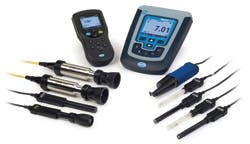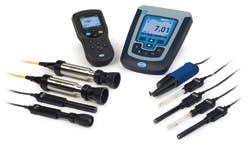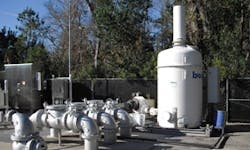Waste-to-energy demonstration to be installed at Canadian pulp mill
Dec. 13, 2010 -- The BC Bioenergy Network, in cooperation with project partners have supported the demonstration of a leading Canadian technology to improve environmental performance and improve competitiveness in the forest sector.
Collaborative Development and Demonstration Centre (CDDC)
Concurrent with the investment, a Collaborative Development and Demonstration Centre (CDDC) will be formed to bring together private and public stakeholders to participate in the CDDC to observe, test, and demonstrate bioenergy technologies and solutions relating to large scale anaerobic digestion for pulp and paper and wood wastes in order to identify best practices for economically and environmentally viable solutions.
Program Partners: BC Bioenergy Network; Natural Resources Canada; EPinnovations; Elemental Energy; Paradigm Environmental Technologies; British Columbia; Catalyst
For more information please contact: [email protected] or [email protected]
###


